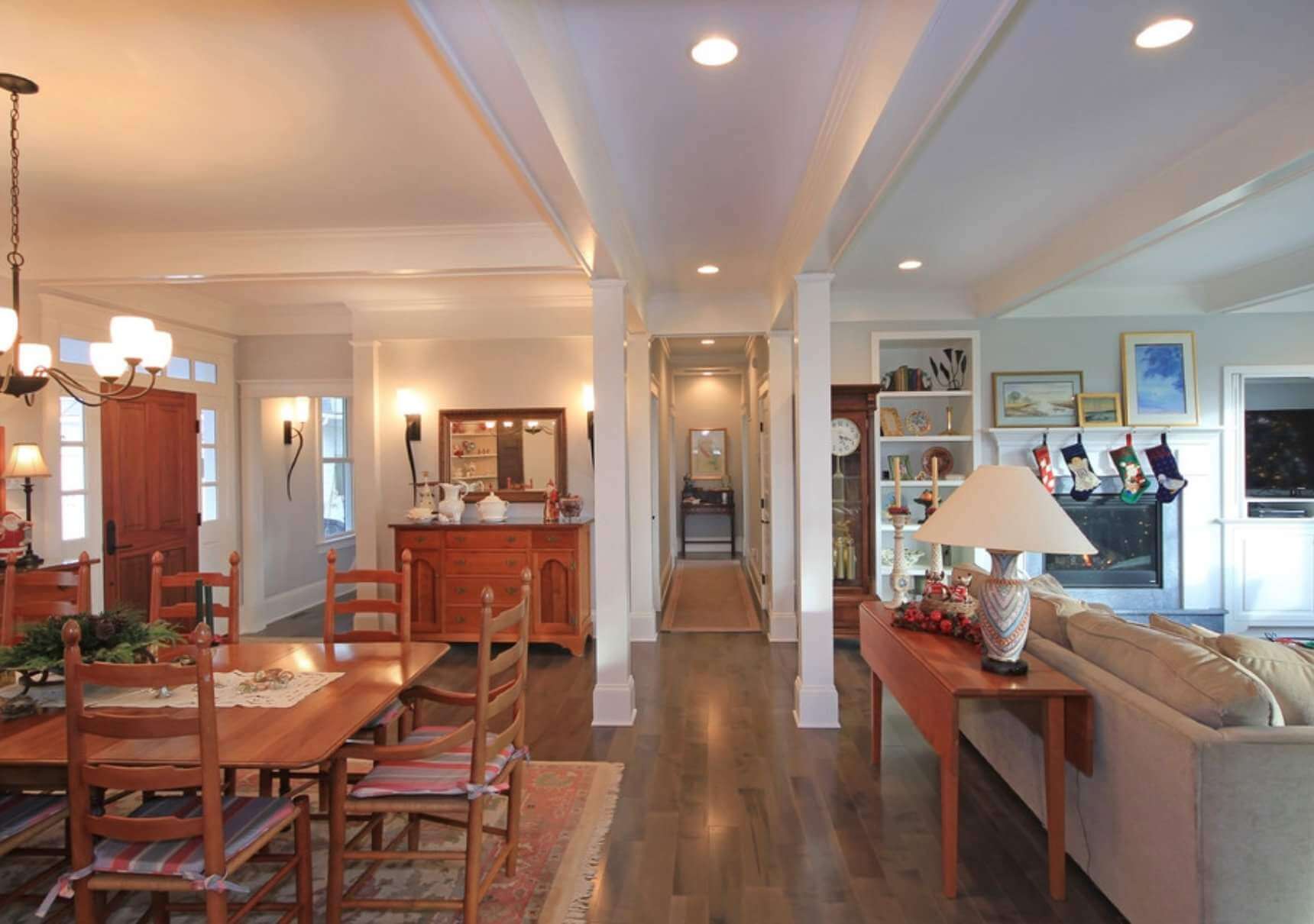Interior Painting Tips for a Flawless Finish

Interior painting is one of the most affordable and transformative ways to refresh your home. Whether you’re brightening up a tired living room, adding personality to a bedroom, or modernizing an outdated kitchen, a smooth, flawless finish makes all the difference.
But let’s be honest—painting isn’t as simple as just picking up a brush. Without the right preparation and techniques, it’s easy to end up with streaks, uneven edges, or peeling paint.
In this post, we’re sharing expert-approved interior painting tips that will help you avoid common pitfalls and get results that look like they were done by pros. Whether you’re a DIY enthusiast or considering hiring local painters in Charlottesville, VA (like Bluebell Painting Co), this guide will help you make smarter decisions.
Choose the Right Paint for the Space
Not all paints are created equal. Choosing the best type of paint for your room ensures that the color lasts, the finish suits your space, and the surface stays protected over time.
Understand Paint Sheens and Finishes
Each finish has a different sheen and use-case:
- Flat or Matte: Best for low-traffic areas like bedrooms or ceilings. Hides imperfections but can scuff easily.
- Eggshell: A subtle sheen that works well in living rooms and hallways. More durable than flat finishes.
- Satin: Ideal for high-traffic areas like kitchens, kids’ rooms, and bathrooms.
- Semi-Gloss & Gloss: Great for trim, cabinets, and doors. Very durable, easy to clean—but will highlight wall imperfections.
Tip: The glossier the finish, the more durable and reflective it is—perfect for areas that need frequent cleaning.
Don’t Skimp on Quality
Higher-end paints offer better coverage and a longer lifespan. While they may cost more upfront, they often require fewer coats and last years longer, saving you time and money in the long run.
Surface Preparation Tips
Preparation is the foundation of any flawless paint job. Skipping these steps leads to uneven finishes and early peeling.
Clear and Clean the Room
- Remove furniture or move it to the center and cover with plastic.
- Take down wall hangings, outlet covers, and light switch plates.
- Dust and wash walls to remove dirt and grease.
Repair Imperfections
- Fill nail holes and dents with spackle.
- Sand rough spots and flaking areas until smooth.
- Use a damp cloth to remove sanding dust before priming.
Tape with Intention
Use painter’s tape to protect trim, windows, door frames, and baseboards. Press down firmly to prevent paint bleed, and remove tape while the paint is still slightly damp for crisp lines.
Use the Right Tools for a Professional Finish
The right tools can make or break your paint job. Don’t settle for cheap supplies if you’re aiming for quality results.
Brushes vs. Rollers
- Brushes: Best for cutting in edges, trim, and small areas.
- Rollers: Ideal for covering large wall surfaces quickly and evenly.
Invest in high-quality brushes and rollers—they hold more paint, reduce streaking, and help achieve a smoother finish.
Consider Extension Poles and Edgers
These tools help you reach ceilings and tricky corners without overextending or risking messy results.
Master the Painting Technique
How you apply the paint matters just as much as what you’re applying. Follow these tips to get it right:
Prime Before Painting
Even if you’re using a paint-and-primer combo, raw surfaces, patched areas, and drastic color changes all benefit from a dedicated coat of primer.
Use the “W” Technique
When rolling, apply the paint in a “W” pattern and fill in without lifting the roller. This ensures even distribution without streaks or roller lines.
Maintain a Wet Edge
Always keep a wet edge when painting to avoid lap marks. Don’t stop in the middle of a wall and return later.
Paint One Wall at a Time
It might be tempting to cut in all the edges first, then roll later—but that often leads to visible lines. Instead, alternate between brushing and rolling one wall at a time to blend the two seamlessly.
Plan for Proper Drying and Curing
Watch Your Dry Times
Each coat needs sufficient drying time before applying the next. Rushing this process can cause bubbling, lifting, or poor adhesion.
Check your paint label for recommended drying times. Some paints are dry to the touch in hours but take days to fully cure.
Ventilation Is Key
Keep windows open and fans running to help paint dry and fumes dissipate safely.
Final Touches Make All the Difference
Once the paint is dry, remove the painter’s tape carefully, reinstall outlet covers and fixtures, and touch up any minor imperfections with a small brush.
Then step back and enjoy your flawless results.
When in Doubt, Call in the Pros
Even with the best tools and intentions, interior painting can be time-consuming and physically demanding—especially if you’re dealing with high ceilings, intricate trim, or tough color changes.
That’s where we come in. At Bluebell Painting Co, we specialize in interior painting in Charlottesville, VA and surrounding areas, offering detailed, high-quality results with a stress-free process from start to finish.
From color consultation to final walkthrough, we’ll take care of every layer—because custom painting has many layers.
Related Resources
Get in Touch for Professional Results
Whether you’re tackling a full home makeover or just freshening up a single room, we’re here to help you achieve flawless, long-lasting results.
Contact us today to schedule a free estimate or learn more about our interior painting services in Charlottesville and Albemarle County.



